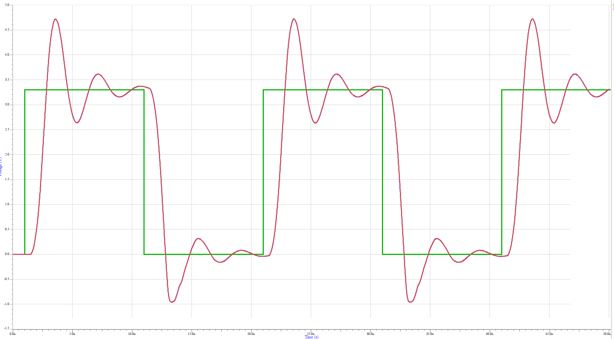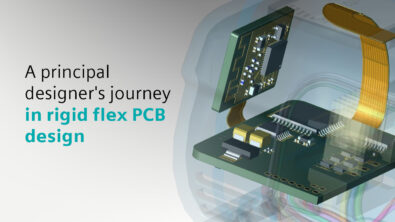Understanding signal integrity

Signal integrity is a critical aspect of electronic systems that ensures reliable and accurate signal transmission. In this blog, we will explore fundamental concepts related to signal integrity, covering key topics such as transmission lines, termination, crosstalk, differential pairs, vias and impairments, and timing.
What is signal integrity?
At its core, signal integrity refers to the quality of a signal and how accurately it represents its intended shape. Imagine a conversation in a language you understand perfectly, but if the listener doesn’t comprehend the language, effective communication breaks down. Similarly, the intended shape of a signal is defined by the receiving device, and several factors influence it:
- Amplitude: The max/min values of the signal, analogous to speaking too softly or too loudly.
- Timing: One example of timing considerations would be like a phone conversation with a significant delay. There is more to timing than just delay.
- Noise: Background interference that can distort or mask the intended signal, akin to verbal crosstalk or other sources of unwanted sound.
Understanding these factors is important to maintaining clear and accurate communication between devices.
Transmission lines
A transmission line is a pair of conductors separated by dielectric used to carry electromagnetic energy from one point to another. While we often discuss voltages and currents, it’s essential to remember that electromagnetic energy is what propagates through the dielectric media. Key considerations for transmission lines include:
- Delay: Time taken for signals to propagate.
- Loss: Attenuation of signal strength over distance.
- Coupling: Interaction with other signals or references.
Recognizing one conductor as a signal and the other as a return or reference helps in understanding the complexities of transmission lines.
Impedance and termination
Managing impedance and reflections using terminations is necessary for maintaining signal integrity. Introducing components like resistors to terminate reflections helps achieve the desired signal quality. Careful consideration of termination placement and values is necessary to prevent further reflections and maintain signal integrity.
Crosstalk
Crosstalk occurs when unwanted energy from one signal (aggressor) interferes with another signal (victim). Similar to background noise in a conversation, crosstalk can lead to misinterpretation or distortion of signals. Understanding mutual capacitance and inductance between traces on a PCB is essential to mitigate crosstalk effects.
Differential pairs
Differential pairs involve signals with an intended relationship. Understanding the common and differential signals, as well as impedance considerations, is crucial. Imbalances can lead to mode conversion, where some of the differential signal is converted to a common mode signal, impacting EMC and SI.
Vias and impairments
Vias and return path discontinuities are common impairments affecting signal integrity. Recognizing the impact of vias on signal quality and designing via configurations with minimal impact on the signal, can lead to optimal performance.
Timing
Timing considerations are paramount for synchronous buses and serial channels. Factors such as skew, propagation delay and jitter influence signal timing and important timing relationships. Understanding how different structures, like vias, and various technologies affect timing is crucial for designing robust electronic systems.
Learn more about signal integrity
Signal integrity is a multifaceted concept encompassing various elements that impact the quality of electronic communication. A comprehensive understanding of these basic concepts enable engineers and designers working on electronic systems to ensure reliable and accurate signal transmission.
We have many resources available to help you learn more about signal integrity. Start by downloading my eBook: Signal integrity basics.


